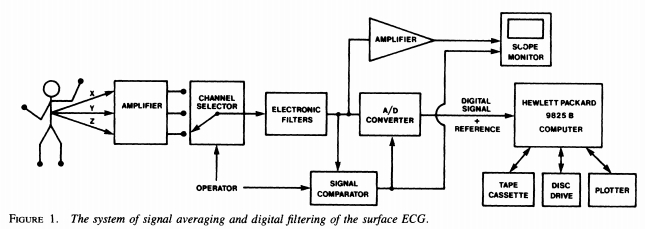TheLocalMedic
Grumpy Badger
- 747
- 44
- 28
So, although 12-lead is the standard of care for virtually everywhere now, I work for a company operating in a fairly rural/wilderness area that has yet to get with the program and get us anything more advanced than a simple three lead monitor. The nearest STEMI receiving facility from my station is roughly 90 miles away, and often calls originate in remote areas that are difficult to access (even by air due to thick forests). My unit generally runs 5-7 calls per 24 hr shift, most of which are pretty legitimate as most woodsy folks here are pretty independent and don't call for us unless it's really necessary.
I've been getting an uptick in cardiac calls lately, several of which were later revealed to be STEMIs. Because we lack 12-lead capabilities, I have resorted to trying out modified chest lead placements to get different views of the heart. Two weeks ago I had a patient with pretty classic cardiac symptoms. Leads I, II and III all looked okay-ish with a little ST depression, but MCL 1, 2, 3 and 4 showed various degrees of ST elevation. I used this to presumptively declare a STEMI in the field, and due to extended transport time (30 mins to the tiny local ED) called for a helicopter to transport the patient to the STEMI facility in the next county.
The local ED doc lit me up later, saying that modified leads are inconclusive at best, and that I would have done better to have grounded the guy in, at which time they could have treated him and flown him later should the need arise. He went further to say that what I had done was a waste of resources and that if I had made base contact he would have told me not to fly the guy out.
So, I guess my question is: has anyone out there used modified chest lead placement, and does anyone know how different these views are from a standard 12-lead?
Also, I have no idea if the guy was actually having a real STEMI or not and couldn't get an update from the receiving hospital, so I'm not sure of the ultimate outcome.
I've been getting an uptick in cardiac calls lately, several of which were later revealed to be STEMIs. Because we lack 12-lead capabilities, I have resorted to trying out modified chest lead placements to get different views of the heart. Two weeks ago I had a patient with pretty classic cardiac symptoms. Leads I, II and III all looked okay-ish with a little ST depression, but MCL 1, 2, 3 and 4 showed various degrees of ST elevation. I used this to presumptively declare a STEMI in the field, and due to extended transport time (30 mins to the tiny local ED) called for a helicopter to transport the patient to the STEMI facility in the next county.
The local ED doc lit me up later, saying that modified leads are inconclusive at best, and that I would have done better to have grounded the guy in, at which time they could have treated him and flown him later should the need arise. He went further to say that what I had done was a waste of resources and that if I had made base contact he would have told me not to fly the guy out.
So, I guess my question is: has anyone out there used modified chest lead placement, and does anyone know how different these views are from a standard 12-lead?
Also, I have no idea if the guy was actually having a real STEMI or not and couldn't get an update from the receiving hospital, so I'm not sure of the ultimate outcome.

